Bangladesh - 20th January to 11th February 2017
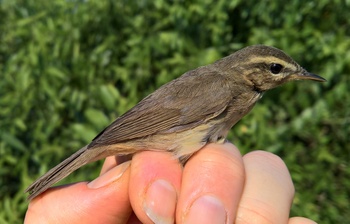
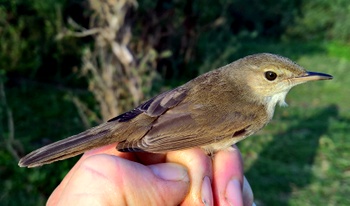
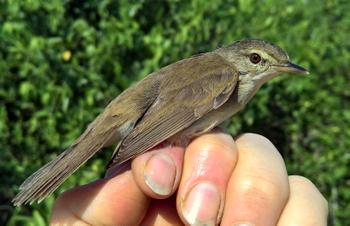
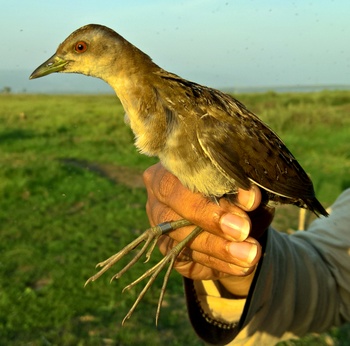
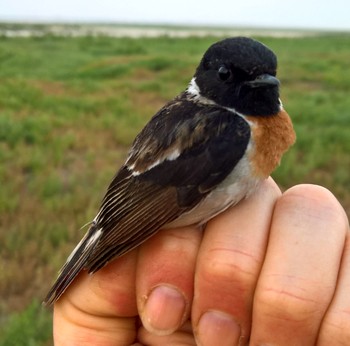
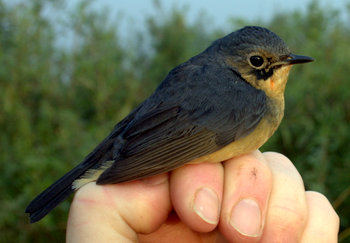
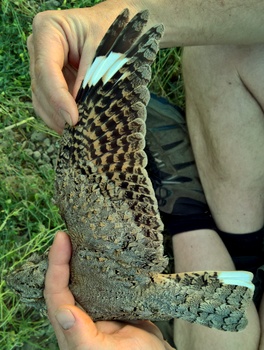







We have just heard back from the BTO about a Swedish ringed Reed Bunting we controlled at Swindon STW last year on 29th October. It was ringed at Handolsdeltat in the region of Jämtland on 27th July 2016 and was recorded as having a flat-fly infestation which luckily it survived.
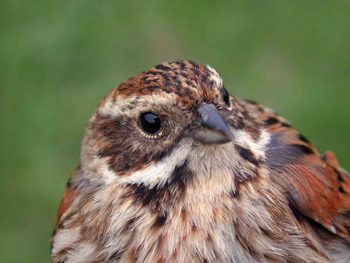
The original ringing site is quite close to the Norway border in a rather remote area and is on a marshy river delta at a large lake. On the close zoomed in image you can see the net rides. Quite how you reach the ringing site would appear interesting as it only looks accessible by boat.
The bird covered a distance of 1553km in the 94 days between captures. This bird is only the 13 Swedish ringed Reed Bunting retapped in the UK.


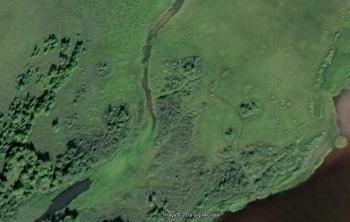
Group totals for 2016 now all processed. A fair total considering the poor breeding season.
| Species | Full grown | Pulli | Retraps | Total | Species | Full grown | Pulli | Retraps | Total | |
| Eurasian Teal | 14 | 0 | 0 | 14 | Song Thrush | 140 | 0 | 26 | 166 | |
| Sparrowhawk | 5 | 0 | 0 | 5 | Redwing | 586 | 0 | 0 | 586 | |
| Kestrel | 3 | 9 | 1 | 13 | Mistle Thrush | 1 | 0 | 0 | 1 | |
| Grey Partridge | 6 | 0 | 0 | 6 | Cetti's Warbler | 10 | 0 | 16 | 26 | |
| Quail | 3 | 0 | 0 | 3 | Grasshopper Warbler | 45 | 0 | 1 | 46 | |
| Water Rail | 1 | 0 | 0 | 1 | Sedge Warbler | 425 | 0 | 25 | 450 | |
| Moorhen | 1 | 0 | 0 | 1 | Reed Warbler | 223 | 70 | 120 | 413 | |
| Golden Plover | 5 | 0 | 0 | 5 | Lesser Whitethroat | 65 | 0 | 16 | 81 | |
| Lapwing | 5 | 4 | 0 | 9 | Whitethroat | 559 | 4 | 89 | 652 | |
| Jack Snipe | 10 | 0 | 1 | 11 | Garden Warbler | 126 | 0 | 52 | 178 | |
| Snipe | 6 | 0 | 1 | 7 | Blackcap | 2205 | 4 | 171 | 2380 | |
| Woodcock | 5 | 0 | 0 | 5 | Wood Warbler | 1 | 0 | 0 | 1 | |
| Green Sandpiper | 3 | 0 | 1 | 4 | Chiffchaff | 1162 | 0 | 110 | 1272 | |
| Black-headed Gull | 1 | 0 | 0 | 1 | Willow Warbler | 331 | 0 | 49 | 380 | |
| Great Black-backed Gull | 1 | 0 | 0 | 1 | Goldcrest | 529 | 0 | 61 | 590 | |
| Stock Dove | 3 | 14 | 0 | 17 | Firecrest | 1 | 0 | 0 | 1 | |
| Woodpigeon | 24 | 1 | 4 | 29 | Spotted Flycatcher | 10 | 24 | 0 | 34 | |
| Collared Dove | 2 | 1 | 0 | 3 | Long-tailed Tit | 236 | 0 | 141 | 377 | |
| Barn Owl | 5 | 12 | 2 | 19 | Marsh Tit | 16 | 0 | 24 | 40 | |
| Little Owl | 1 | 3 | 2 | 6 | Willow Tit | 7 | 7 | 4 | 18 | |
| Tawny Owl | 0 | 3 | 0 | 3 | Coal Tit | 144 | 8 | 56 | 208 | |
| Nightjar | 3 | 0 | 0 | 3 | Blue Tit | 771 | 92 | 450 | 1313 | |
| Kingfisher | 9 | 0 | 1 | 10 | Great Tit | 449 | 66 | 316 | 831 | |
| Wryneck | 2 | 0 | 0 | 2 | Nuthatch | 12 | 5 | 12 | 29 | |
| Green Woodpecker | 3 | 0 | 6 | 9 | Treecreeper | 33 | 0 | 15 | 48 | |
| Great Spotted Woodpecker | 33 | 0 | 32 | 65 | Jay | 10 | 0 | 0 | 10 | |
| Skylark | 9 | 0 | 0 | 9 | Magpie | 15 | 0 | 0 | 15 | |
| Sand Martin | 2 | 0 | 0 | 2 | Jackdaw | 2 | 3 | 0 | 5 | |
| Swallow | 451 | 157 | 7 | 615 | Rook | 1 | 21 | 0 | 22 | |
| House Martin | 5 | 0 | 0 | 5 | Starling | 39 | 0 | 0 | 39 | |
| Tree Pipit | 18 | 0 | 0 | 18 | House Sparrow | 106 | 15 | 9 | 130 | |
| Meadow Pipit | 323 | 0 | 13 | 336 | Tree Sparrow | 204 | 1412 | 246 | 1862 | |
| Yellow Wagtail | 25 | 0 | 0 | 25 | Chaffinch | 824 | 2 | 91 | 917 | |
| Grey Wagtail | 34 | 3 | 7 | 44 | Brambling | 25 | 0 | 1 | 26 | |
| Pied/White Wagtail | 86 | 15 | 4 | 105 | Greenfinch | 191 | 5 | 15 | 211 | |
| Wren | 456 | 9 | 110 | 575 | Goldfinch | 181 | 0 | 24 | 205 | |
| Dunnock | 500 | 0 | 257 | 757 | Siskin | 9 | 0 | 0 | 9 | |
| Robin | 517 | 3 | 200 | 720 | Linnet | 306 | 5 | 13 | 324 | |
| Nightingale | 2 | 0 | 3 | 5 | Common Redpoll | 1 | 0 | 0 | 1 | |
| Redstart | 29 | 0 | 0 | 29 | Lesser Redpoll | 128 | 0 | 199 | 327 | |
| Whinchat | 54 | 0 | 2 | 56 | Bullfinch | 145 | 0 | 76 | 221 | |
| Stonechat | 12 | 0 | 0 | 12 | Yellowhammer | 680 | 0 | 80 | 760 | |
| Wheatear | 1 | 0 | 0 | 1 | Reed Bunting | 213 | 8 | 89 | 310 | |
| Blackbird | 384 | 0 | 121 | 505 | Corn Bunting | 23 | 0 | 1 | 24 | |
| Fieldfare | 32 | 0 | 0 | 32 | ||||||
| Total: | 14284 | 1985 | 3373 | 19642 |
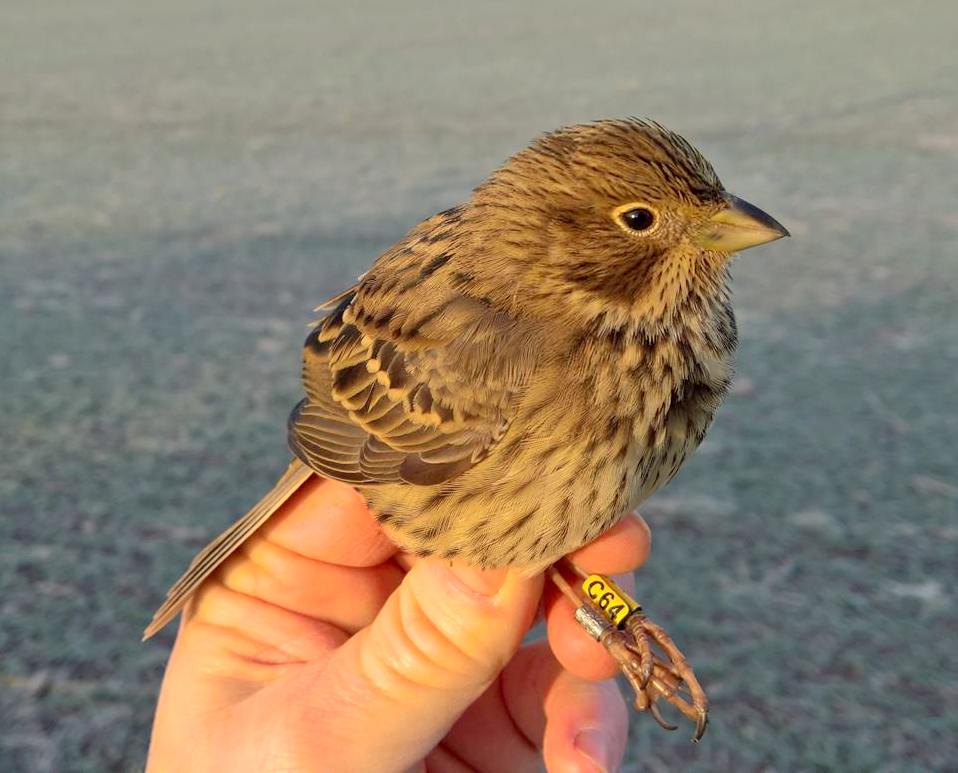
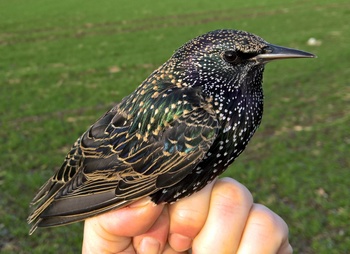
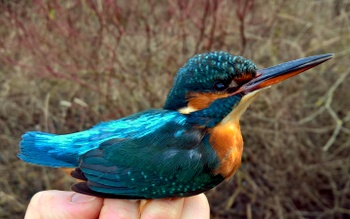
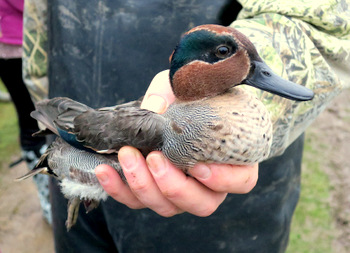
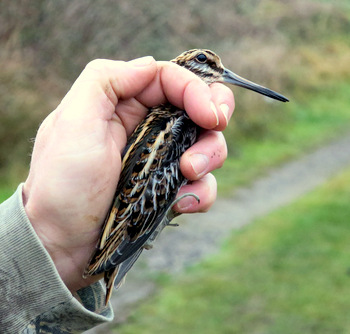
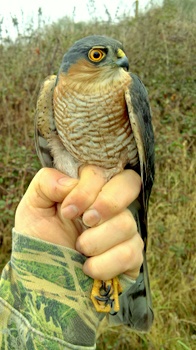
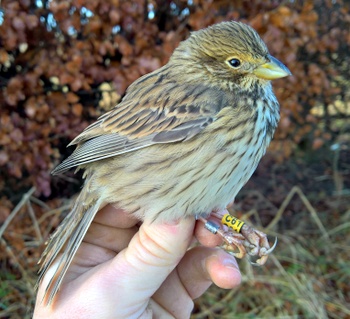
Wheatear, 5 Whinchat, 10 Stonechat, Yellow Wagtail, 180 Linnet, 30 Corn Bunting, Reed Bunting, 150 Meadow Pipit, 8...
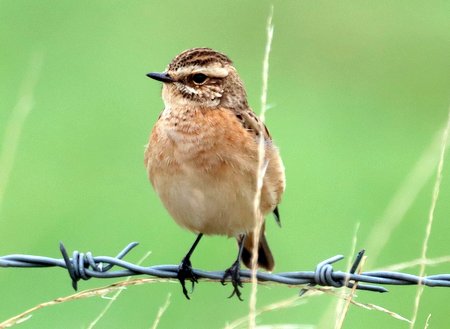
Wheatear, Whinchat, 15 Stonechat - SPTA east - Brian Heath
Sedge Warbler, Garden Warbler, 231 Blackcap, 42 Chiffchaff - SPTA centre - Phil & Graham Deacon
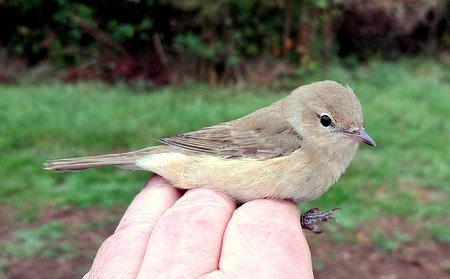
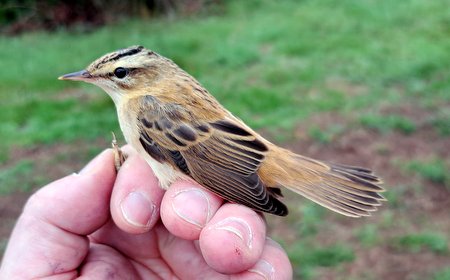
Redstart, 3 Whinchat, 29 Stonechat...